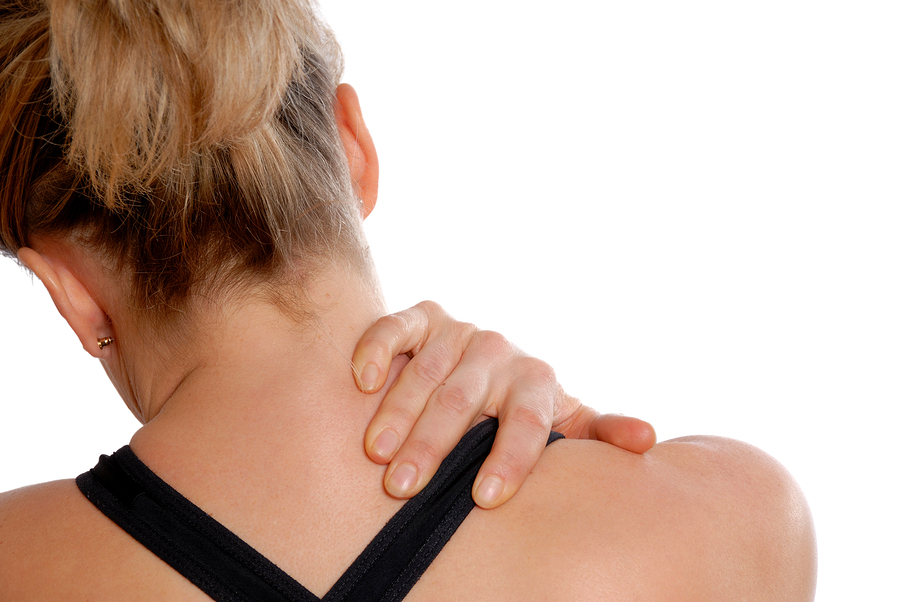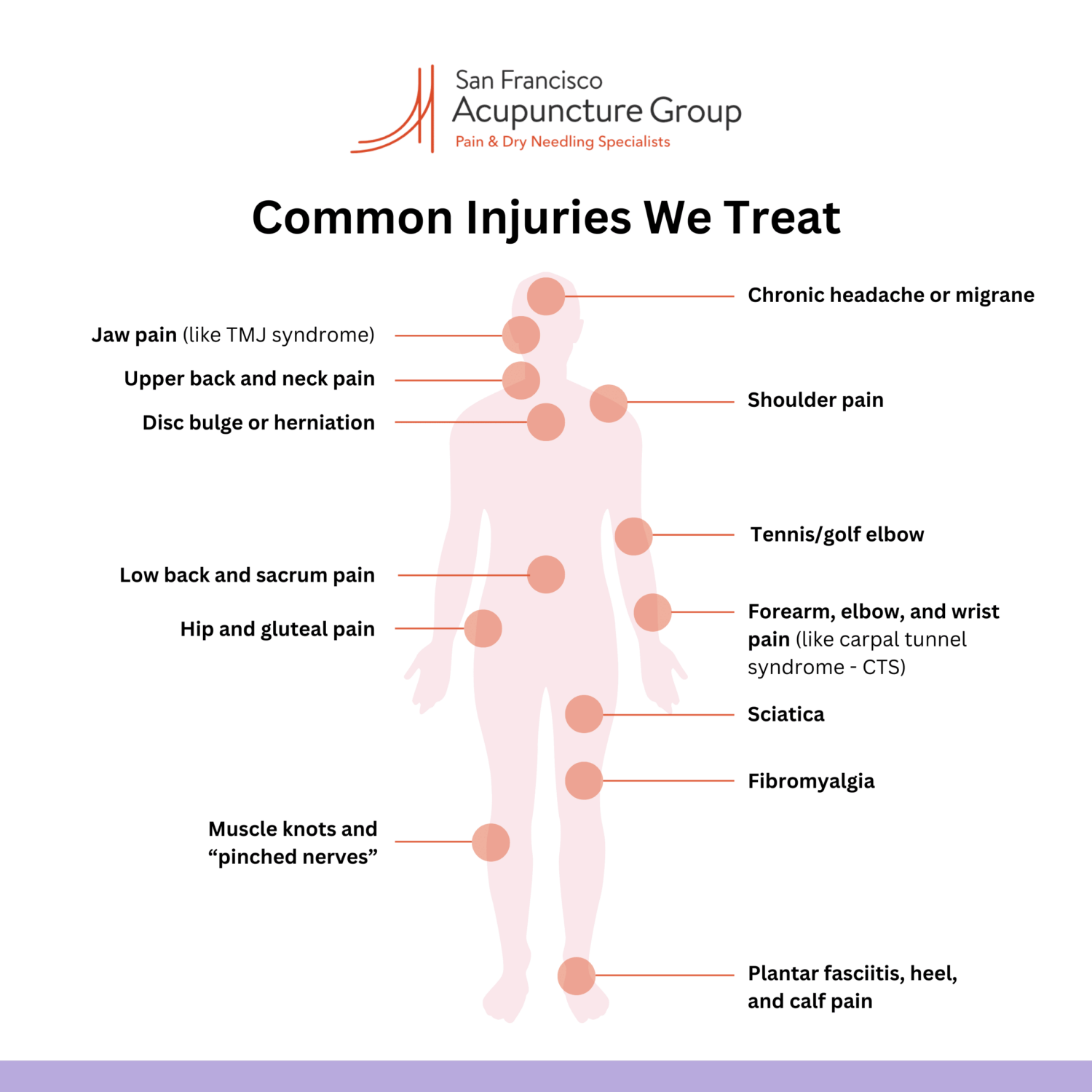
Treat and eliminate pain with our team of dry needling experts based in the Bay Area.
Dry needling uses fine needles to stimulate the repair of highly sensitive muscle and fascia fibers that are causing pain. Patients who receive dry needling treatments benefit from the significant relief and repair of injury that it produces.
Our trained staff will consult with you on the best course of treatment, with a typical course comprising one to two times a week for 4-6 weeks, followed by a re-evaluation.
Our providers have decades of experience in this extremely effective technique for treating and eliminating pain, and San Francisco Acupuncture Group is the Bay Area’s choice for dry needling.
What is dry needling?
Dry needling is the use of fine needles to stimulate the repair of highly sensitive muscle or fascia fibers that are causing pain.
Whether the result of sitting at a desk for too long, overuse or trauma from a sport or other activity, or from day-to-day stress, injury to muscle and connective tissue is the most common cause and contributor to pain.
The needle gently stimulates the highly reactive fibers, or trigger points, along with surrounding tissue, often eliciting a “light twitch” (reflex) response and provoking the sensitive fibers to respond by protecting and repairing themselves.
“I had suffered from foot pain for 2.5 years. At its worst, it was difficult to walk. I’d received an x-ray, MRI, ultrasound, and EMG. I’d seen several orthopedic doctors, a podiatrist, a neurologist, and a rheumatologist. No one was able to explain or help my pain. Then I met Franco, where he introduced me to dry needling. It is not an exaggeration to say this was life changing. At this point, I am nearly pain free.”
– Oren L., Berkeley, California
How can dry needling help?
The majority of pain conditions involve muscle and soft tissue injury, even in cases in which it’s not the primary cause. So if you’re dealing with unresolved pain, you should book an evaluation to see if dry needling can help you.
The technique is especially effective for stressed, strained, overused, or overloaded muscles, but has also been shown to improve chronic pain conditions such as fibromyalgia.
Results vary depending upon individual responses: some people respond quickly, while others take longer to get full relief.
“I got a severe SI joint pain that caused muscle spasms that paralyzed me to bed for a week. I tried regular acupuncture and massages which didn’t help much. Luckily I found the SF Acupuncture Group on Yelp. I gave it a try and was surprised by the results – the day after my first meeting with Franco I could finally walk (slowly but surely), then a few days after and one more meeting most of my pain was fading away thanks to the Dry Needling treatment.”
– Brent M., San Francisco, California
How does dry needling treatment work?
As with everything in the body, the course of treatment depends on the severity of the problem and how a patient’s body responds to the procedure.
A typical course is one to two times a week for 4-6 weeks, followed by a re-evaluation.
In addition to dry needling, an individualized plan of care may include other modalities to heal one’s particular injury.
As integrative medical providers, we use multiple techniques to care for patients, including patient education and guidance, manual therapy, electric stimulation.
We are committed to achieving positive outcomes for our patients, and we use techniques and practices that will produce the best results, including referrals to other medical providers when appropriate.
What conditions can be treated with dry needling?
Dry needling can be an effective technique to manage chronic pain conditions that impact the body’s muscles and fascia, including fibromyalgia, hypermobility spectrum disorders including EDS, chronic headaches or migraines, and pelvic floor dysfunction.
It can also be used to treat injuries and any residual pain from historic injuries.

“I injured my wrist/hand in a fall. Over subsequent months, it got worse, not better. I tried everything conventional medicine had to offer and nothing relieved the pain I was experiencing. A single visit here with Jonah was all it took. It was honestly miraculous. It’s been over a year and I haven’t experienced a recurrence.”
– Aaron M., San Francisco, California
About our dry needling Expertise
At San Francisco Acupuncture Group, we’ve been successfully practicing dry needling for over 20 years and have confidence in the technique to help patients.
One important thing to know about muscle and fascia pain is that very often it is ‘referred pain’. For example, the most common cause of pain in the temples is a point at the top of the muscle between the shoulder and the neck (the upper trapezius).
Our group thoroughly evaluates patients and investigates where the precise causes of pain are, focusing our attention there to fix the muscles and bring relief. The result is not just eliminating pain, but also improving mobility and activity after healing.
Our team
Our team are medically trained professionals, with specialties across acupuncture, integrative medicine, myofascial pain, and injury management. Each team member is individually affiliated with professional bodies related to their areas of expertise, and is dedicated to ongoing professional development to remain at the forefront of acupuncture and pain management.
Our practitioners hold California Board Licenses, and their professional training includes (but is not limited to):
- Master of Science, Pacific College of Health and Science, San Diego, California
- Certified Myofascial Pain Therapist (DN-III), Janet G. Travell, MD Myopain Dry Needling Series
- Clinical Internship and Lecture Program, Chengdu Hospital and University of Traditional Chinese Medicine, Sichuan, China
- C.SMA – 2 year post graduate program focused on techniques for treating pain, with particular attention to treating elite athletes.
Affiliations include:
- Society for Acupuncture Research (SAR)
- International Association for the Study of Pain (IASP)
With clinic experience working as pain management specialists in:
- New York Medical, PC
- San Diego Hospice
- Sonoma Valley Hospital
- Meet our team
“I believe we all deserve to live a life without pain, and I can honestly say Franco and Jonah gave me my life back. My body is completely different and has healed tremendously. The combination of being the most skilled, experienced acupuncturists that also fully understand how the body and brain affect pain, as well as being the kindest and most compassionate people I know, makes them so powerful. I have seen over 40 doctors and can say no one is better.”
– Kirsten S., San Francisco, California
“Life changing! I have been seeing Franco for many months now. He is caring, uplifting & a true healer. If you have reached a dead-end with your doctors and other medical professionals, and you are feeling frustrated and helpless with your pain levels, I implore you to make an appointment!”
– Christina D., Woodland Hills, California
Frequently Asked Questions
Is dry needling safe?
The technique of dry needling has been used for many decades (and acupuncture for over two millennia). Numerous large-scale safety studies—comprising over a million treatments in one study alone—have shown that adverse events are very rare, usually consisting of local soreness or swelling, and demonstrating conclusively the procedure’s safety.
Does dry needling hurt?
Dry needling involves the stimulation of sensitive muscle fibers, which can feel uncomfortable and may result in soreness for a day or more following the treatment. For most patients the procedure is a piece of cake, and well worth the significant relief and repair of injury that it produces.
Dry needling sounds like acupuncture: What’s the difference?
While dry needling and acupuncture use the same implements—extremely fine needles— the practices are independent of one another, employing different theories and techniques. In short, dry needling is focused on restoring healthy anatomy and physiology through stimulation of injured local neuro-muscular tissue, while acupuncture seeks to normalize the flow along meridians. Many sites for dry needling overlap with acupuncture points (while many do not), but the criteria that define point locations and the needle techniques are very different between the two practices. At San Francisco Acupuncture Group, we are experts in both acupuncture and dry needling, and we are supportive of both practices, often combining them to maximum effect.
What is the history of dry needling and why haven’t I heard of it before?
The origins of dry needling stretch back to the early 1800s, with the work of Balfour, Valleix, Helleday and others who described muscular sources of pain. By the 1930s and ‘40s, “trigger points” and the most common patterns of pain referral had been well described by Sir Thomas Lewis and John Kellgren. But it was in the 1950s that Janet Travell, best known as physician to President Kennedy, along with David Simons,Karel Lewit and others, began investigating injections (“wet needling”) to numb and deactivate trigger points to eliminate pain. However, their experiments soon revealed that it wasn’t the injected medicine, but the needle itself that caused the healing. Through the ’60s and ’70s they continued their groundbreaking work, publishing numerous books and developing a comprehensive methodology, with many others, including Jay Shah, Siddhartha Sikdar, and Jan Dommerholt, making significant contributions. In the time since we began practicing the technique over 20 years ago, there has been an explosion of research and interest in dry needling, especially as the risks and limitations of common treatment options for pain have been shown, and there is more demand for dry needling now than ever before.
Ready to get started?
Whether you’re new to dry needling or you have prior experience, we look forward to working with you to treat your pain and achieve your goals.


